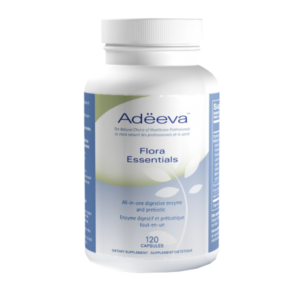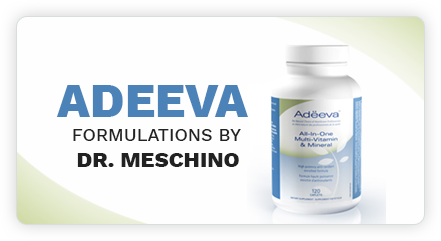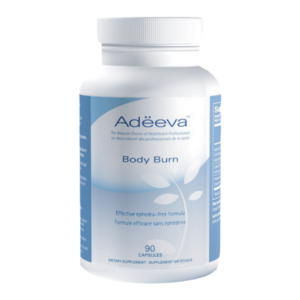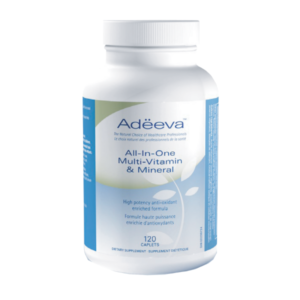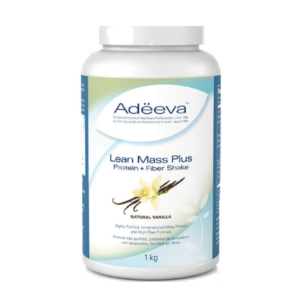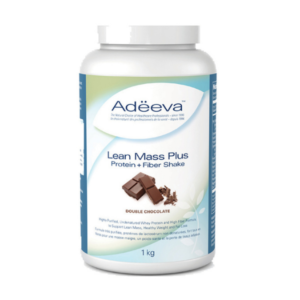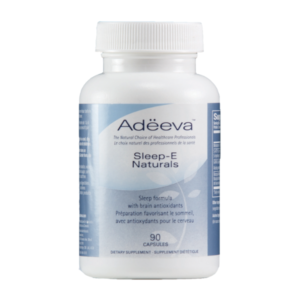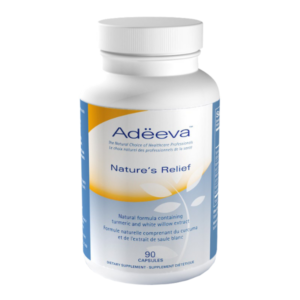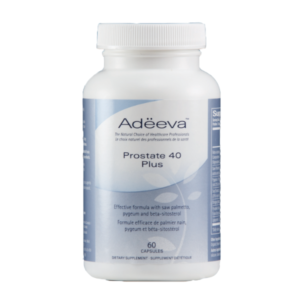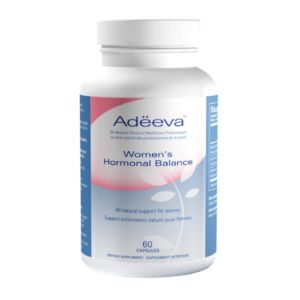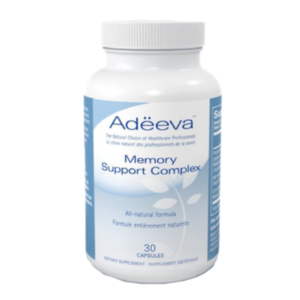
Kiwifruit vs. Psyllium Husk Fiber: A Breakthrough in Treating Constipation
Source: American Journal of Gastroenterology (December 2022)
Lifestyle Medicine Update (January 5, 2023)
Introduction
In a groundbreaking study published in the American Journal of Gastroenterology in December 2022, researchers explored the efficacy of green kiwifruit as a treatment for functional constipation and constipation associated with irritable bowel syndrome (IBS). The study compared kiwifruit consumption to psyllium husk fiber, a known remedy for constipation. The findings revealed not only a significant improvement in bowel movement frequency but also a remarkable enhancement in stool consistency, ease of elimination, and overall abdominal comfort with kiwifruit consumption.
The Study
The multicenter trial involved over 180 patients across Japan, Italy, and New Zealand. Participants were divided into two groups—one instructed to consume two green kiwifruits daily for four weeks and the other to consume 7.5 grams of psyllium husk fiber per day. After the initial treatment period, a washout period of four weeks followed, during which no treatment was administered. The groups then switched, participating in a cross-over trial.
Results and Insights
The study demonstrated that kiwifruit intake provided similar benefits in increasing bowel movement frequency as psyllium husk fiber. However, kiwifruit offered additional advantages, including softer stools, easier elimination, heightened abdominal comfort, and reduced symptoms of indigestion and reflux. Researchers attributed these benefits to the fiber in kiwifruit cell walls, which swells and holds water in the intestinal tract, softening stools and increasing bowel movement frequency. Additionally, certain components in kiwifruit, such as raphides, were found to alter mucin production, resulting in improved laxation.
Expert Opinions
In a post-study interview published on Medscape, researchers emphasized that kiwifruit not only improved bowel regularity but also alleviated symptoms of indigestion, reflux, and abdominal pain. The conclusion drawn from the study was clear: the consumption of two green kiwifruits per day can be safely recommended as an effective treatment for constipation in individuals with functional gastrointestinal disorders.
Significance of the Research
The importance of this research is underscored by the prevalence of chronic functional constipation, affecting 9-20% of the adult U.S. population, as highlighted in a 2020 publication in the American Journal of Gastroenterology. With approximately 11% of the population suffering from irritable bowel syndrome, the addition of two green kiwifruits to the daily diet emerges as a promising and natural solution for a widespread health concern.
Other Natural Approaches
While kiwifruit offers a novel remedy, it’s essential to consider other natural approaches to improve bowel function and overall health. A plant-based diet, increased fiber intake, regular exercise, and adequate fluid consumption remain integral components of maintaining a healthy digestive system.
References:
- Richard G et al. [Consumption of two green kiwifruit daily improves constipation and abdominal comfort – results of an international multicenter randomized controlled trial.](https://journals.lww.com/ajg/Abstract/9900/Consumption_of_two_green_kiwifruit_daily_improves.592.aspx) Am J Gastroenterol. December 2022.
- Medscape Interview: [Kiwifruit found effective for constipation.](https://www.medscape.com/viewarticle/986297?src=wnl_recnlnew2_ous_230102_MSCPEDIT_&uac=342474MN&impID=5055634#vp_2) Medscape. January 3, 2023. Harrison L.
- Oh S.J et al. [Chronic constipation in the United States: Results from a population-based survey assessing healthcare seeking and use of pharmacotherapy.](https://journals.lww.com/ajg/fulltext/2020/06000/chronic_constipation_in_the_united_states__results.19.aspx) Am J Gastroenterol. June 2020.
- Bellini M et al. [Irritable bowel syndrome and chronic constipation: Fact and fiction.](https://www.ncbi.nlm.nih.gov/pmc/articles/PMC4616212/) World J Gastroenterol. 2015; 21(40): 11362-11370.
Eat Smart, Live Well, Look Great,
Dr. Meschino
Recommended Supplements

Dr. James Meschino
ABOUT THE AUTHOR
Dr. James Meschino, DC, MS, ROHP, is an educator, author, and researcher having lectured to thousands of healthcare professionals across North America. He holds a Master’s Degree in Science with specialties in human nutrition and biology and is recognized as an expert in the field of nutrition, anti-aging, fitness, and wellness as well as the author of numerous books.

